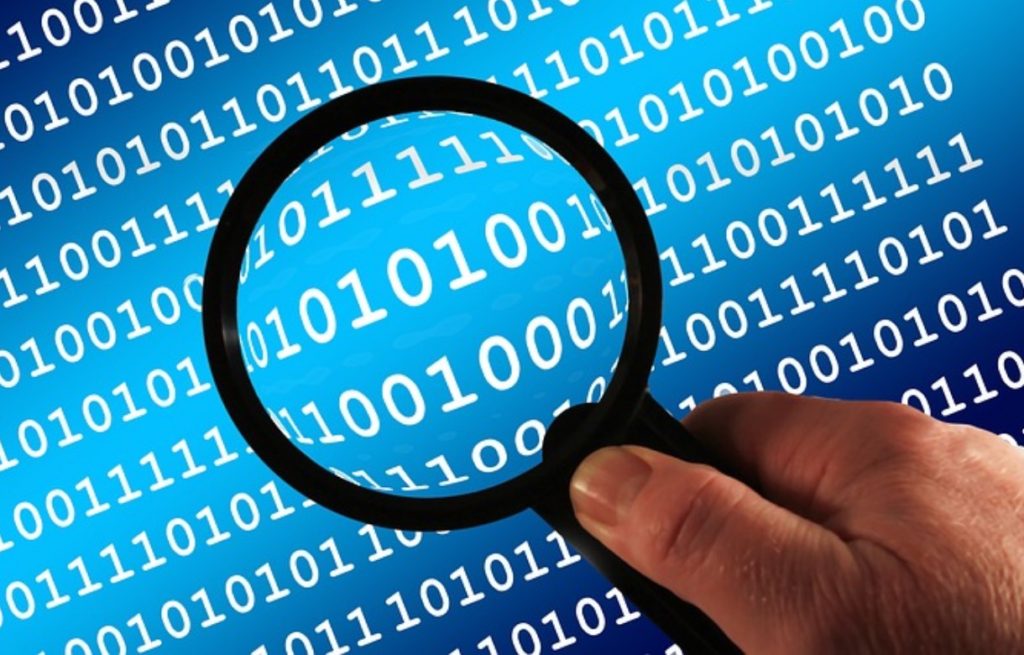Computers are programmed (instructed) using algorithms. Algorithms are the steps required to perform any operation, from a simple calculation to producing graphics or sound.
Programs that computers run are translated into binary code for them to work. All computer software uses the binary system.
The Decimal number system
We normally count using the ‘decimal’ number system. We have ten basic units, 0 1 2 3 4 5 6 7 8 9, which we combine to make all the numbers we use. If we never needed to count beyond 9 we could keep a single column of units to record everything. Of course we need to count beyond 9 so without inventing new ‘units’ we simply use a new column to the left of our units column. Any number we write in this new column is understood as being multiplied by ten. We can now count a whole lot further; from 10 up to 99. At this point we will need yet another new column to the left of the first two for ‘hundreds’.
The number 14 in decimal:

We know what fourteen means as we instinctively do some math: 1 X 10 + 4 = 14
Binary numbers
In the ‘binary’ system there are only two symbols 0 and 1. We have to use the binary system with computers, as they can only deal with two states, like a switch being either ‘on’ or ‘off’. Putting together a whole row of these ‘switches’ and looking at them together allows us to represent much larger numbers.
The number 14 in binary:

We can see that 1110 in binary is 14 by again doing some math by adding together the value of each column: 8 + 4 + 2 + 0 = 14 (Note that no multiplication is required to work out a binary number).
Test your binary counting skills
Think of some numbers and use binary lights to work out what they are in binary.
Now see if you can work out some simple binary numbers in your head. Check with the binary lights to see if you are right.
Remember that each new digit you add to a binary number is double the value of the digit to its right. Here are the values of the first seven places in the binary system:
64 | 32 | 16 | 8 | 4 | 2 | 1
How many binary places would you need to count up to 100?
Discover more
There are other counting systems to binary and decimal. Quite a common one is ‘hexadecimal’. With hexadecimal you can count right up to 15 without moving away from the units column. As there are not enough number symbols we also use the letters A to F before starting again. You can get an idea of how this works at using a binary to hexadecimal converter. Type a decimal number to see the binary and hexadecimal versions.
Text can be represented in binary by using the ASCII lookup table where each character is given a binary number. Try this tool to encode some text as binary (as well as various other encodings!).
